Today’s networking environments have become so intertwined that Layer 3 switches provide the required interface, combining the features of traditional switches and routers. This article seeks to analyze the features of the Layer 3 switches and compare them with the Layer 2 switches and routers. The readers ‘ goals are understanding how these devices are used within a network, what benefits are brought in terms of efficiency and flexibility, and in what circumstances the use of a Layer 3 switch can be beneficial. As the limitations of the infrastructural networks widen, the requirement for network professionals to have appropriate knowledge of Layer 3 switches continues to rise.What is the function of a Layer 3 Switch
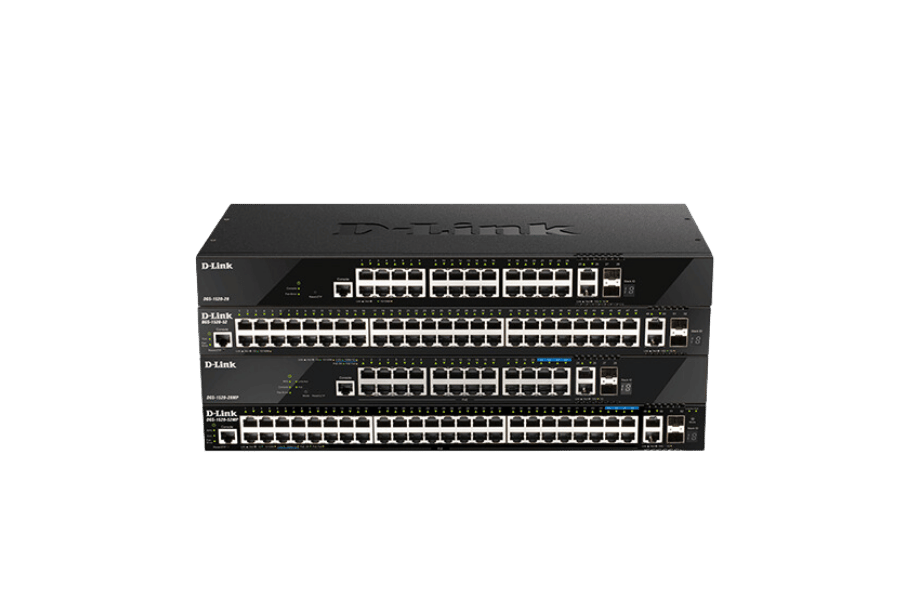
Table of Contents
ToggleHow does this Layer 3 Switch work
Combining the features of switches and routers, a Layer 3 switch operates more efficiently of forwarding data packets in different network segments as it can perform routing between them. It can also find the best route for data by using the information from layer 3 of the OSI reference model. While layer 2 switches are used for data frame transmission and use only the MAC addresses of the destination devices, layer three switches can transmit a packet to any network using its IP address and thus transact routing without a router. This versatility of microcomputers helps them make quick, appropriate routing decisions and control the flow of data both within and without the network. They are, therefore, ideal in modern complicated network systems where connectivity and speed are critical.
What is the operational significance of the Layer 3 switch?
A Layer 3 switch is an advanced device that performs high-speed routing and improves data transfer between network connections. It also provides layer 2 switching and layer three routing, enabling it to carry routed packets via IP address and still within the layer two briskness, retain MAC address routing. Such convergence enables it to execute routing functions at the speed of up to 850 million packets, which greatly improves the network efficiency. Besides, Layer 3 switches also facilitate vLANs, inter-vLAN routing, and carrying out of some security policies that will assist in proper management and growth of the network. Some of these features justify using Layer 3 switches in places like data centers and large enterprise markets where a combination of switching speed and routing is demanded for efficiency.
Why should one go for Layer 3 Switches over Routers?
Compared to standard routing devices, Layer 3 switches have several advantages to offer, especially in terms of speed and efficiency. It does the routing operations efficiently like a router but at the speed of a switch. This leads to faster data processing and lower latency for internal application switching and routing tasks. Modern Layer 3 switches are also ideal for environments that conduct a large volume of data traffic and can offer higher throughput and capacity. They also provide management functions such as VLANs and Layer 2 switching, which assists in the enhanced network management in terms of segmentation and traffic flow. Thus, they are highly useful in enterprise networks that perform a lot of data transfer speeds and high performance without losing the capabilities of logical control offered by routing devices.
How Do Layer 3 Switches Compare to Layer 2 Switches?
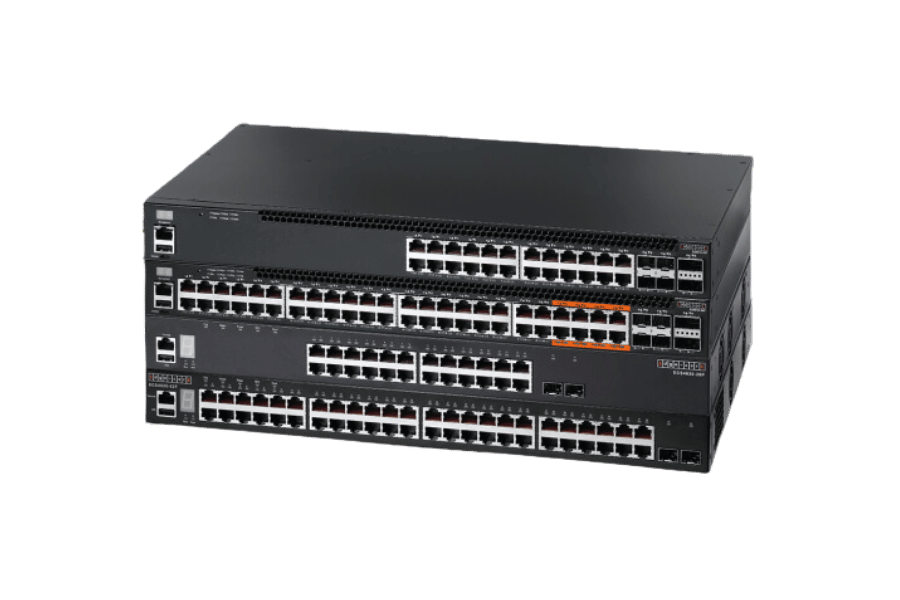
Which one is the Layer Two switch, and which one is the Layer Three switch?
Layer 2 switches work at the data link level and are limited to switching data frames by MAC addresses within the same VLAN. They cannot route traffic to different VLANs or networks, making their use relevant only to local network sections. Layer 3 switches, on the other hand, perform at the network layer and integrate the functions of a Layer 2 switch and routers. This allows traffic that passes through layer three switches to traverse from one network segment to another since routing between VLANs is permitted. Thus “3 switches provide more control and flexibility and are best suited in places where traffic needs to be controlled optimally and is also scalable.”
Which network layer should you use: Layer 2 or Layer 3?
The layer 2 and layer three switches tend to be used in a network setting, which is a factor that one should be guided by in this case.) The layer 2 switches are mainly useful in basic network configurations where data needs to be forwarded to a single VLAN only, and hardly any processing is done. They are well suited for simple situations where low cost and ease of use are paramount since they only manage intranet traffic with no routing overhead. In this respect, Layer 3 switches can be used in complicated network structures that require addressing and routing to be performed across VLANs and switching of data across various sections of the networks to be done quickly. These switches are characterized by more routing capabilities and advanced traffic management features, enabling them to be used for network coverage at an enterprise level.
How do Layer 3 switches augment the performance of networks?
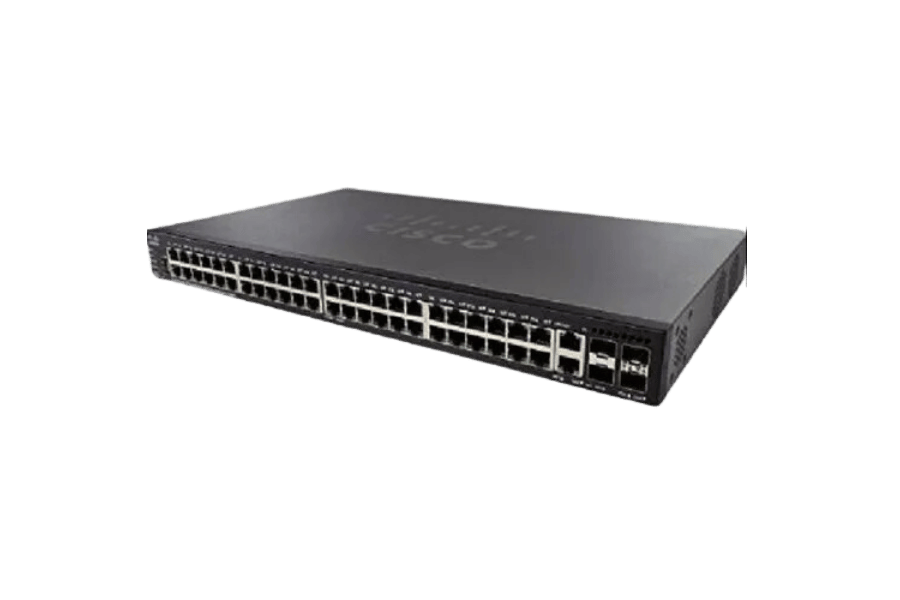
What is the role of a Layer 3 Device in handling VLANS and IP Addresses?
A Layer 3 device handles VLANs and IP addresses by using routing to enable communication between different VLANs. A unique IP subnet is allocated to each VLAN, and routing is done by the other layer three devices to facilitate communication between devices located in different VLANs. Perform the same action as Rule 1 above. The device stores a table that records IP addresses and the associated subnets to allow it to forward traffic between VLANs and these subnets with the aid of destination IP addresses. The limitation ensures that there is no wastage of available resources through sub-network misuse and malpractices whereby broadcasts that do not belong to a certain VLAN do not go outside their borders in the network.
Can Layer 3 Routing improve LAN performance?
For enhancing efficiency, sí, Layer 3 Routing factors provide network improvement by allowing seamless inter-VLAN communications and lowering of broadcasts. Further extending why Layer 3 saves bandwidth, Layer 3 routers allow the movement of packets to various VLANs and further route to optimize the data transmission. Overall, this capacity improves network performance and serves better in terms of resource utilization, making processes faster while responding more or less instantly within the local area network.
What Role Does Layer 3 Switch Play in Network Security?
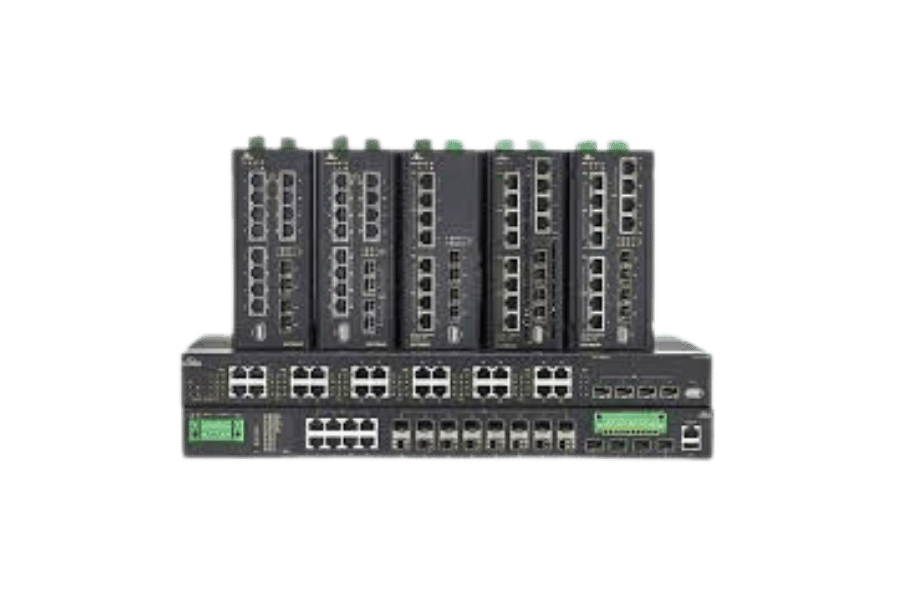
What is an access control list in a Layer-3 Switch? Is it provide
Access Control Lists (ACLs) are employed in Layer-3 switches. разрезитеTheseACLs are very important in improving network security by regulating the incoming and outgoing traffic according to some programmed rules that include IP addresses, protocol, or port numbers. Layer-3 switches can use ACLs to restrict and allow data flows, thus implementing policies for data access across logical sectors in the network. That feature safeguards the network from intrusions and other dangers but lets data that is required flow.
How does a Layer 3 Switch support Firewall functionalities?
How is it possible for a Layer 3 switch to still support firewall features? The layer 3 switch is a ‘masking switch’ with embedded security layers, including access control lists and stateful packet inspection. These features work like a firewall by enabling the switch to permit or restrict specific users from accessing or transmitting data in the network. Thus, the Layer 3 switch can control traffic flows of that particular address, blocking or allowing movements in packets of taxation with political heads.
How to Correctly Set Up a Layer 3 Switch: A Comprehensive Guide
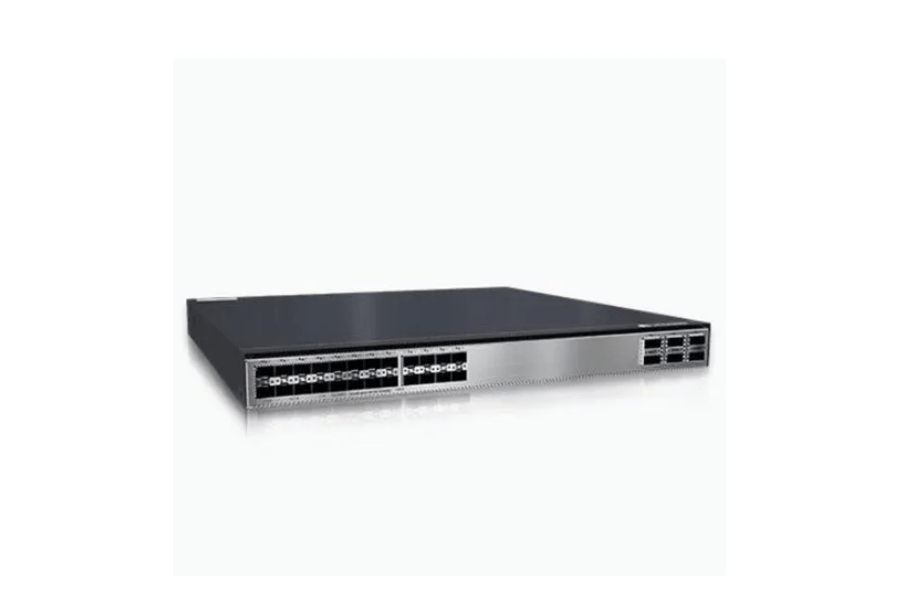
Layer 3 Switches Vlan Configuration Steps.
For configuring VLANs over a Layer 3 switch, some of the basic steps should include the following:
- Connecting to the Switch: The first step is to connect to the switch using a console cable or a remote management tool such as Telnet and SSH.
- Accessing Global Configuration: Type configure terminal on the prompt to access global configuration mode, which improves the dialog box.
- Configure VLANs: Configure the created VLAN by editing it with crucial attributes. To delete a VLAN or prepare to create another, use the vlan command that contains specific numbers denoting the VLAN created (for example, vlan 10).
- Configure VLAN Membership on Switch Ports: Use the interface configuration command to assign specific ports to VLANs. Type the interface followed by the interface ID, for example, interface FastEthernet0/1, and then use the command switchport access vlan [VLAN ID] to place the port into the VLAN.
- Enable Routing Between the Created VLANs: To allow inter-VLAN routing, type ‘IP routing’ command on the prompt. Assign a unique IP address to each of the VLAN interfaces configured using the command interface vlan [VLAN ID] and set up the IP address with the command IP address [IP address] [subnet mask].
- Verify Configuration: Exiting to privileged EXEC mode, use appropriate commands to check whether the previously configured VLANs were installed and configured correctly (for example, show vlan brief and `show ip route’).
These steps justify configuring VLANs, especially on Layer 3 switches, for traffic separation in an organization to improve performance and security.
How to Configure Layer 3 Routing
To establish Layer 3 routing on a network switch or router, the following steps will have to be followed:
- Enable IP Routing: Enter global configuration mode using the configure terminal command, then turn on IP routing by typing router, ‘ ip routing’.
- Configure Layer 3 Interfaces: Each interface that will participate in Layer 3 routing must be determined and assigned an IP address. The interface configuration command ‘interface [type] [number]’ is entered to configure the required interface. After that, the relevant IP address is configured using the command ‘ip address [IP Address] [Subnet Mask]’.
- Set Up Static Routes or Enable Routing Protocols: If using static routing, specify the routing techniques involved and, if possible, state ‘ip route [destination network] [mask] [next-hop address]’ for each route. Alternatively, other routing protocols (EIGRP, OSPF) allow the use of respective configuration commands to enable all necessary exchanges of dynamic routes.
- Verify the Routing Configuration: Use verification commands like ‘show ip route’, ‘show ip interface brief’ to confirm the correctness of the routing and connectivity within the network.
By accomplishing the above steps, functioning Layer 3 routing can be realized to facilitate inter-communication between diverse network regions.
Common Configuration Problems and Their Solutions
To verify that all required VLANs are present. Pay attention to the VLAN assignments, and make adjustments by showing the vlan brief. VLANs are configured incorrectly, primarily when rules on cells are being enforced.
- From Analysis To Future Development Problems Due To Net Server Conflicts: Conflicting IP addresses can create network interruptions. Networked computers’ management requires IP addresses unique to each computer.
- Balance And Bugs Like Routing Loops: The occurrence of routing loops leads to unwanted tendencies of aggravated network vulnerability. Care If Routing loops occur, they are risky since they make the network unstable. Also, to keep the routing at its optimum best performance in terms of the number of hops in each of the routes, loop prevention mechanisms are put in place.
- Routing Table Problems: In this case, a routing table contains the missing routes of packets meant for forwarding to their ultimate destination, compromising the ability to perform routing service. This function ought to be performed periodically, and as this primary menu states, it is appropriate to use the show IP route when you need to confirm the presence of critical, well-routed tables that have been installed.
- Resource Management: Overloading the network hardware can lead to performance decline due to insufficiency of resources. This, however, is dependent on the rate at which the traffic is going. Therefore, resource usage should be tracked down, and resource hardware should be upgraded to provide sufficient resources for handling increased traffic.
Taking care of those issues with the right configurations and verifications can greatly improve network performance and reliability.
Reference Sources
Frequently Asked Questions (FAQs)
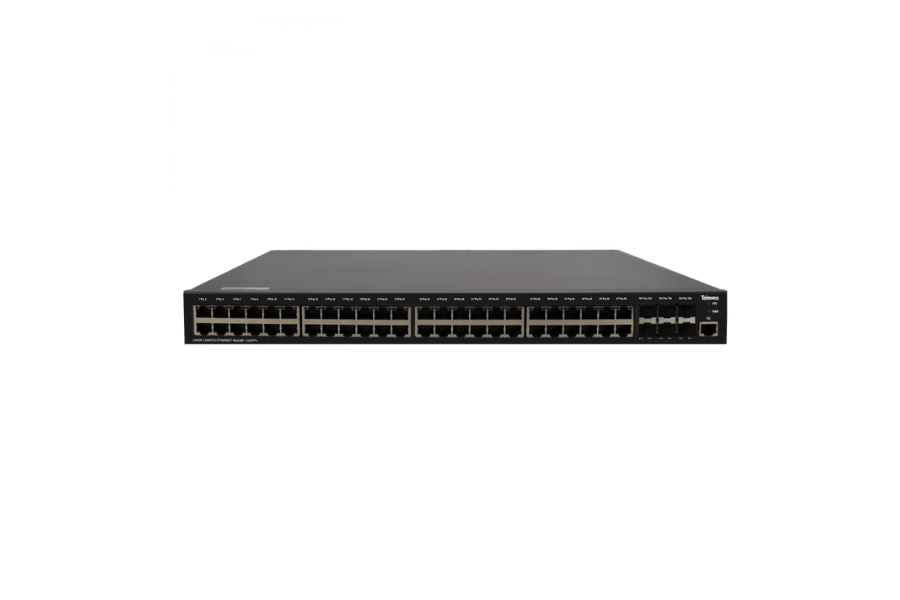
Q: What is a layer three switch and how does it function on layer 3 of the OSI model?
A: A layer 3 switch, sometimes referred to as an L3 switch, is a type of network device that has both switching and routing capabilities. Unlike ordinary layer 2 switches, layer 3 switches have routing abilities and systems that use more than just MAC and can use IP addresses, allowing routing within a layer 3 network.
Q: What is the great advantage of layer three switches over traditional layer 2 switches?
A: The distinguishing factor between the layer 2 and the layer 3 switches is mainly routing. A layer two switch is limited to switching facilities based on MAC address alone, while a layer 3 switch can do that and much more, interconnecting different IP subnets or segments. This makes layer 3 switches more of routers in that they are even more efficient in doing the routing part which is mostly a burden to layer two switches. As a result, it further explains why layer 3 switches are ideal for relieving network congestion and making the flow of adverse traffic easier.
Q: When should you use a layer three switch instead of a dedicated router?
A: A layer 3 switch should be used in place of a dedicated router when interconnecting local area networks (LANs) where routing is needed and needs to do so quickly. Any type of layer three switches can be placed in surrounding environments like data centers or enterprise networks, especially because their switch functionalities help promote data efficiency with minimal delay as compared to layer 2 vs. layer 3.
Q: Does the layer 3 switch have functionalities that allow for VLAN management? How does it improve segmentation?
A: Yes, a layer 3 switch can manage VLANs (Virtual Local Area Networks). It enhances network segmentation by allowing different VLANs to communicate with each other. This can be attributed to the role of the layer 3 switch, in which traffic from different VLANs is interrupted, hence allowing enhanced segmentation of the VLANs through interrupting, a function that is important for proper traffic management.
Q: What role do ports on the switch play in configuring a gigabit network?
A: Ports on the switch are fundamental elements in the fertile composition of a gigabit network. Most commonly, a layer 3 switch possesses a larger number of Gigabit Ethernet ports, making it possible to transfer more data through more devices. These ports aid the development of a stable and quick infrastructural network that can hold a lot of data while experiencing little or no downtime.
Q: How does a layer 3 switch affect QoS (Quality of Services) in a network?
A: A layer 3 switch effects QoS by managing the network traffic to particular services or types of data based on their level of importance. It allows bandwidth allocation based on the nature of packets preventing bandwidth wastage for non-essential services and ensuring low latency for mission-critical services.
Q: What are the specific advantages offered by Cisco layer 3 switches in any network setup?
A: However, Cisco layer 3 switches have many benefits for example, splendid ability to work with any advanced routing protocols for example OSPF, BGP, fast packet switching, and dependability. They are capable of offering Advanced Enterprise Solutions with enhanced security and creativity in network configuration hence tend to be preferred to a variety of networking applications.
Q: In what ways does the hardware layer in a layer 3 switch assist its operations?
A: The hardware layer in a layer 3 switch supports its functionality by enabling fast processing and switching of data packets with dedicated application specific integrated circuits expeditiously referred to as routing ASICs. Such hardware accelerated routing prevents the undue delay in the forwarding of data packets, which results to the possibility of total practice of several switch chores with very slight reduction in the efficiency.
Q: Is there a good use case of a layer three switch at home, and what advantages would it add to such a setup?
A: Consumers may find it difficult to use layer 3 switches since they are devices that are commonly used in corporate networks. However, these devices can be appropriately deployed in home networks by advanced users who require extra routing capabilities in addition to the multiple VLANs. Some of the advantages include efficient usage of the network by calling interesting features in many signals and improved traffic coordinate and divide the network.
Q: How does a router relate to a layer 3 switch where both have routing functionality?
A: Routing is quite inherent to both a router and a layer 3 switch but the two devices perform different functions. A router is a device whose main purpose is to join many packets switched networks, enabling data movement on the internet while most have WAN ports. On the other hand, a layer 3 switch is built to enable the movement of traffic between different IP subnets as opposed to interconnecting many different autonomous networks of the internet, hence having greater port density and switching functionality targeted at fast traffic control.
